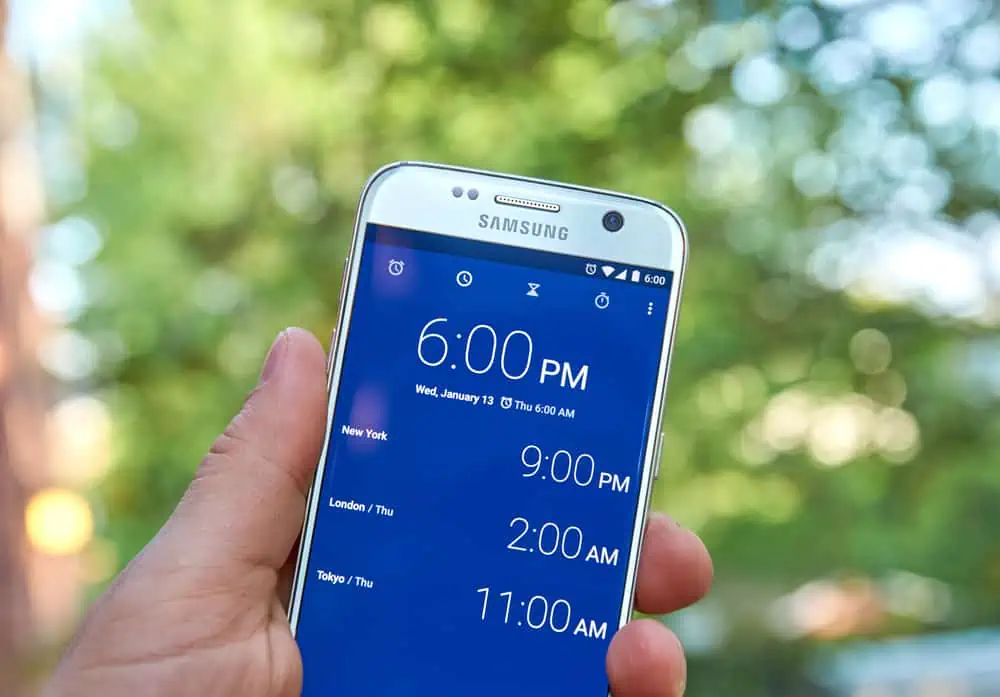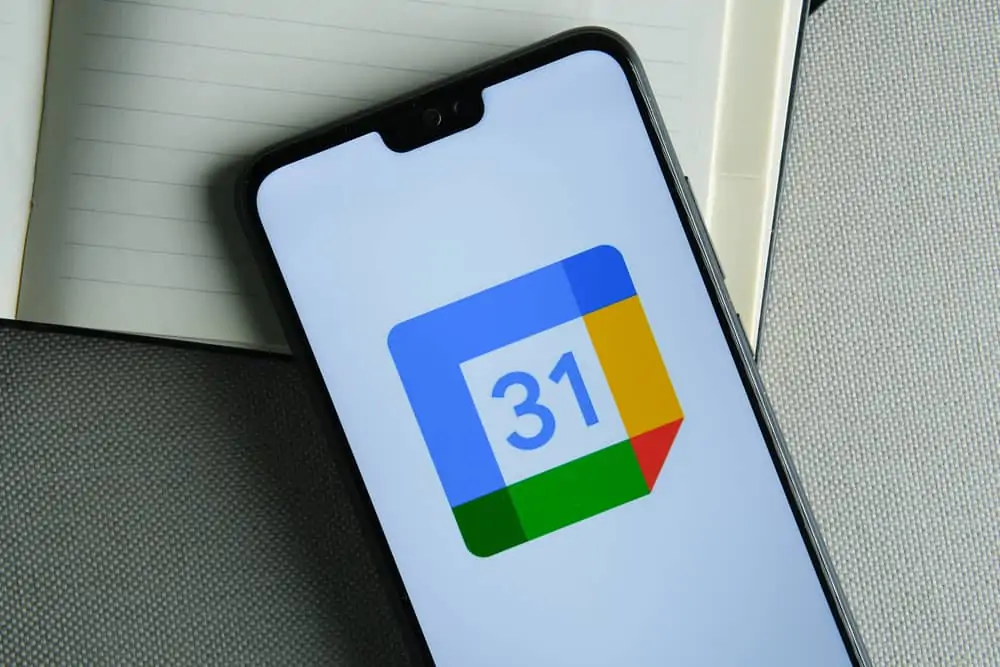Battery lifetime is arguably the biggest problem facing smartphone users today. This guide shows 7 ways to turn on battery saver on Samsung Galaxy S9. Doing this will increase the battery life of your phone.
Details of each step is shown below. All the steps described will start from Settings. Here is the image. I will not show this image in the individual steps.
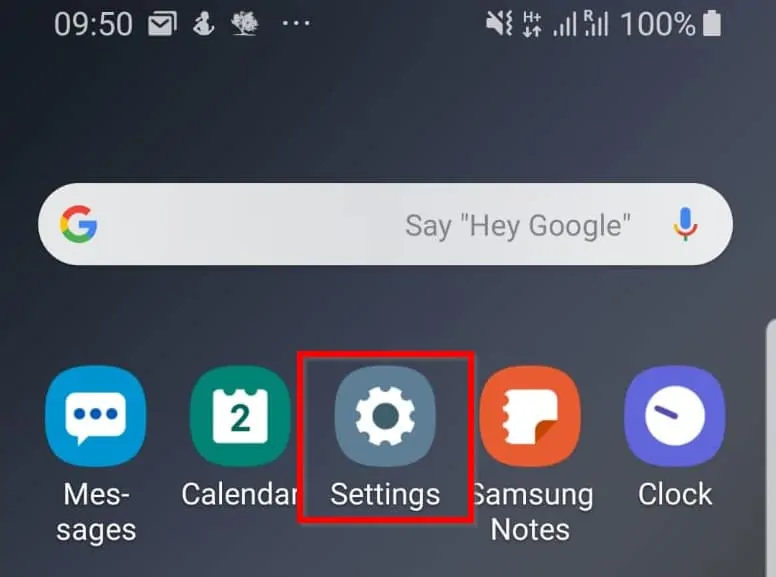
Step 1: Use “Optimize Now”
This is one quick way to turn on battery saver for your Samsung phone.
Here are the steps
- On your Samsung Phone, open Settings.
- Then click Device Care.
- Next, click Optimize Now. The process will run. Then return optimization results. See a sample result below.
Step 2: Select a Power Saving Mode
Follow the steps below to set up the right power saving mode for reduced battery usage.
- From Settings page, select Device Care.
- Click Battery.
- When Battery app opens, click Power mode.
- Then select one of the last 2 options: Medium power saving or Maximum power saving.
Step 3: Enable “Put app to sleep”
The “Put app to sleep” feature is configured per individual app. When you toggle this setting on, the app will be put to sleep immediately when it is not in use.
In other words, any app with this feature turned on will perform limited background activities. Thereby saving you battery.
First navigate to Settings > Device Care > Battery. Then follow the steps below to switch “Put app to sleep” on for individual apps:
- Beneath the Battery App, click the drop-down beside Usage by apps. Then select 1 week. This will sort the Apps by battery usage, with apps that consumed most battery in the past 1 week on top.
- To turn on battery saver with this method, click on the individual app. For this example, I will click Analytics (the first app on my list).
- When the app opens, scroll down to “Put app to sleep” and switch it on.
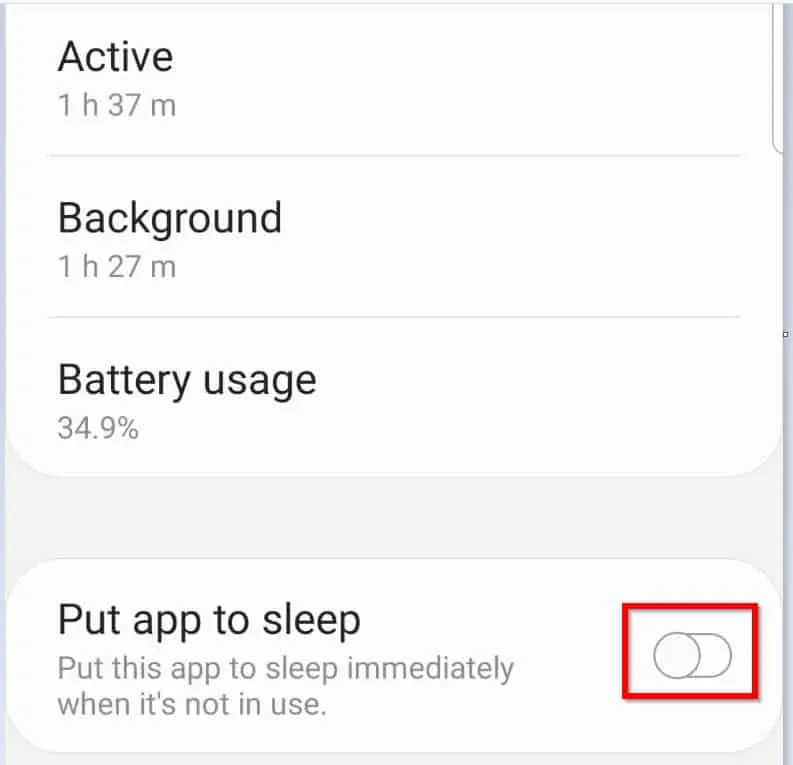
Step 4: Disable Background App Activity
One reason you run out of battery is because a lot of apps constantly refresh. This happens on the background.
One way to turn on battery saver is to stop background app refresh for apps with the highest battery consumption.
Here are the steps to stop app from refreshing on the background:
- Navigate to Settings > Apps.
- Then, click the App you want to stop from refreshing on the background.
- When the app opens, click Battery. Then toggle the switch beside Allow background activity to switch it off.
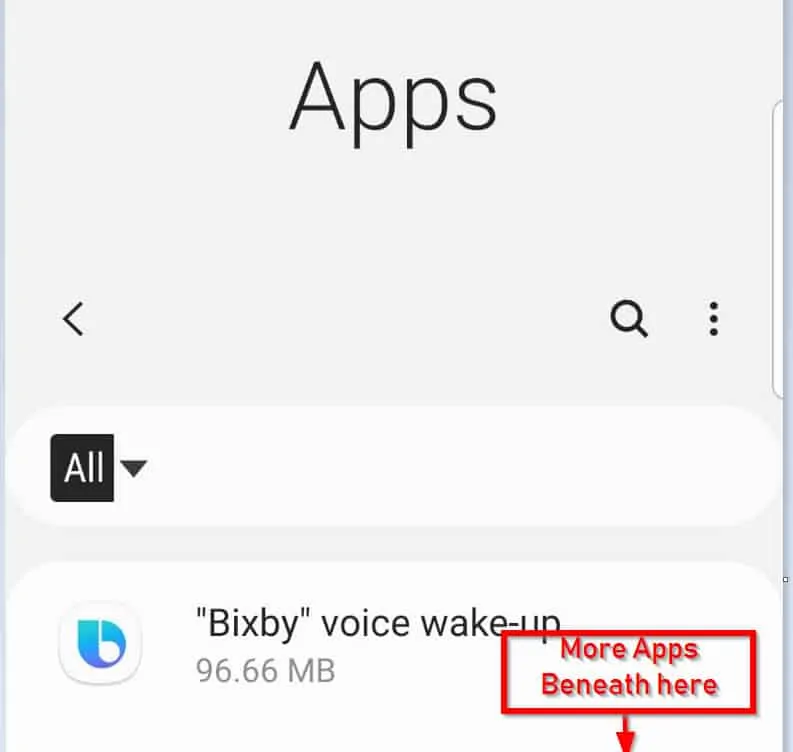
Step 5: Reduce Device Brightness
Most smartphone users leave their device brightness at default settings. This consumes more battery than necessary.
Another way to turn on battery saver is to adjust the brightness settings of your device.
Here are the steps:
- Navigate to Settings > Display.
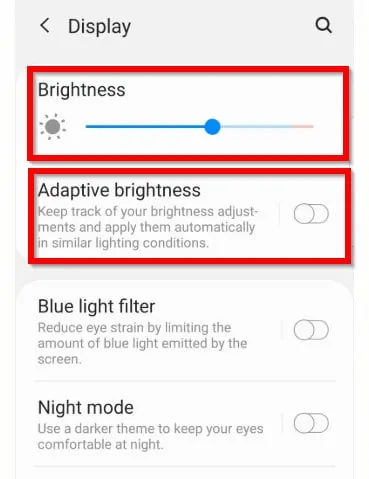
- Beneath Brightness, use the slider to reduce the brightness. You may also switch Adaptive brightness. Read the details above to see how you can use this feature.
Step 6: Enable Wifi Power Saving Mode
One big battery consumer is your Wifi app. Here is how you turn on battery saver for WiFi:
- Navigate to Settings > Connections > Wi-Fi > Advanced
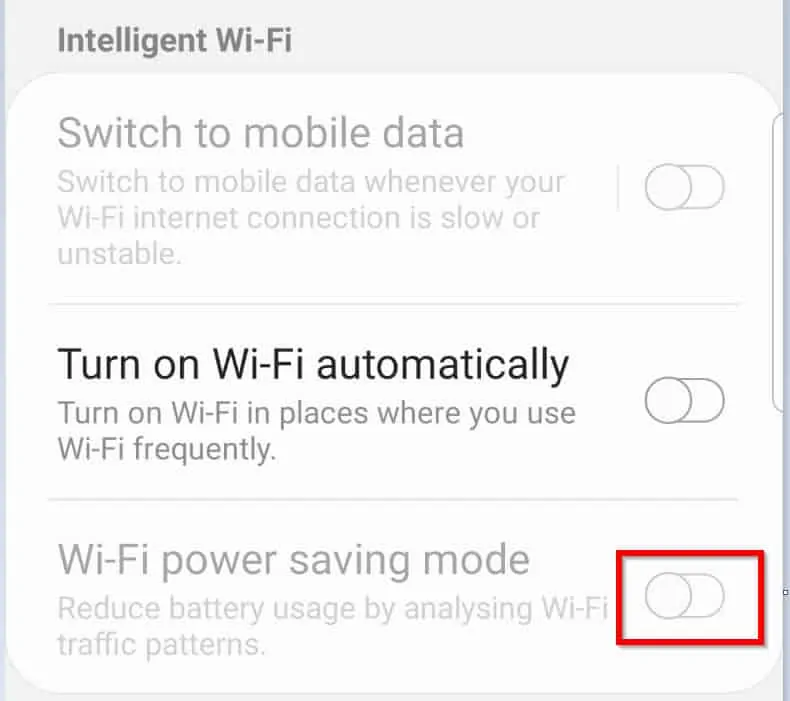
- Toggle the switch beside Wifi Power Saving mode to turn it on.
Step 7: Optimize Battery Usage for Individual Apps
Finally, you can enable Optimize Battery Usage for apps that consume your battery more.
Here is how to do this:
- Open Settings. Then search for and open Special Access.
- Under Special Access open Optimize Battery Usage
- To turn on battery saver for an app, click the switch beside the app to turn it on.
Conclusion
If you apply the 7 steps discussed in this guide, your Samsung phone should start consuming less battery. Let’s know if this worked for you by responding to the “Was this page helpful?” question below.
You may also find more guides on our Smartphone page helpful.

